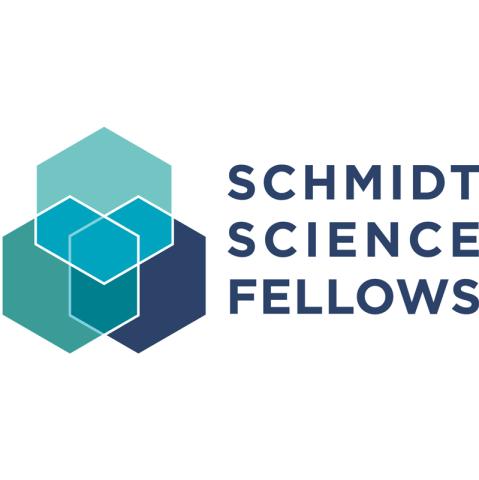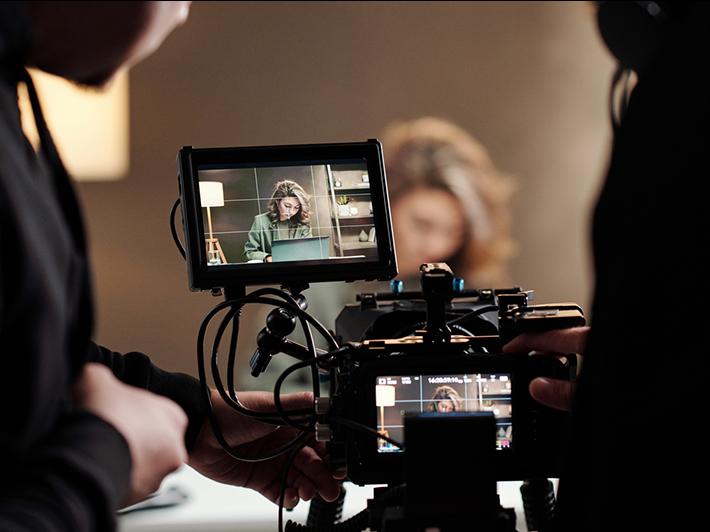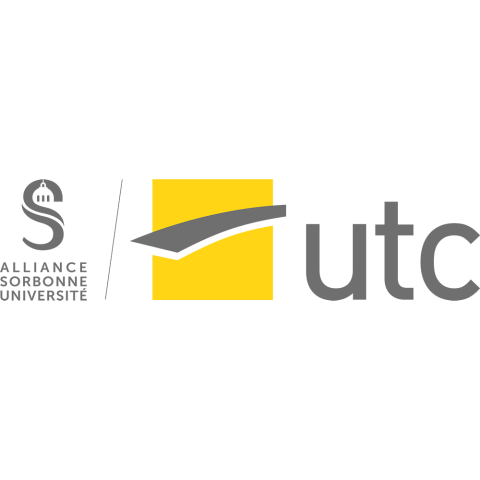
Active, flipped, micro, virtual learning: a toolbox for interdisciplinary teaching
Interdisciplinarity
Sponsored by

Advice for bringing together multiple academic disciplines into one project or approach, examples of interdisciplinary collaboration done well and how to put interdisciplinarity into practice in research, teaching, leadership and impact
A short film depicting a dystopia without the European Union, a kebab that solves the “empty chair” crisis of 1960s European integration or lemon-based batteries that provide Germany with electricity...these are a few of the creative outputs that can result when non-technical courses are included in engineering curricula and students are introduced to cutting-edge educational approaches.
As the pressures on European decision processes grow, young engineers in Europe need interdisciplinary and other interconnected skills to communicate the science clearly, both to inform the public and to protect shared resources such as the environment. Our innovation of the past four terms has been to join forces to carry out cross-course module projects. These modules have merged their end-of-term deliverables into single short videos on EU-related topics.
- Spotlight guide: A focus on interdisciplinarity in teaching
- Using documentary film to communicate your social research
- Equipping university students to be leaders in addressing climate change
Our course modules – Introduction to Audio Visual Analysis and Production (which we will call Group A) and Science, Technology and Society in the European Union (Group B) – blur borders of content and method transfer.
Such an approach is in the DNA of Université de Technologie de Compiègne, a French engineering school. Our goals are to enable future engineers (from Group B) to contribute to discussions in the EU, and to understand its history, purpose and vision, and current challenges, threats and opportunities. Group A follows a more methodology-oriented course, which aims to create audiovisual media productions under ethical, legal, technical and content constraints, based on theoretical reflections and document analysis.
The approach: picking tools from a growing pedagogical toolbox
Our idea for the cross-course approach has been simple: students, one from each group, pair up to produce a video. The student from Group A defines the scenario and the audiovisual approach, while the student from Group B decides the topic and the overall content, and chooses the reference material. The deliverables are a video in two official EU languages, plus a short document that summarises references, facts, sources and, if necessary, the topic’s bigger picture.
This simple project gave students opportunities to use many pedagogical tools, listed below in alphabetical order:
- Active learning or problem-based learning is an approach whereby teachers do not impart learning content to their students in theory. Instead, learners themselves become active in order to acquire the knowledge. Here, each team works together to find reliable information, check facts and identify ways of presenting.
- Blended learning combines traditional classroom scenarios with virtual or e-learning. In our case, the teams of students prepared the virtual teaching materials (videos), which are then made available to future generations via an e-learning platform.
- Flipped learning or inverted classroom is an approach where the two phases of knowledge transfer and practical practice through tasks are reversed. Team by team, one student explains their topic to their partner (that is, video-making to future EU experts and EU to future cineastes). Second, the availability of a growing set of educational audiovisual material prepared by teams from previous terms blurs the boundaries between knowledge transfer and practical practice. Our field trip to Brussels, the capital of European affairs, with groups A and B, completes this practice, providing interviewing and filming opportunities and first-hand insights.
- Interdisciplinary learning combines the knowledge and methodologies of different disciplines. Our case brings together methodology, artistic audiovisual production, general education (multilingualism, critical thinking, writing, collaboration, communication and real-world application) and civic political educational resources.
- Microlearning favours short modules of generally three to five minutes. Training is available online to learners at any time, and focuses on a single idea or concept. The production of three- to five-minute videos allows for a short window of attention.
- Virtual learning is a pedagogical model based on the use of shared resources. Our created resources are made available on a university-wide platform.
The benefits of using multiple pedagogical tools
It is difficult to rigorously evaluate the benefits of our approach to blending educational tools. The knowledge level of the groups seems to increase from semester to semester, but this could also be as a result of other improvements. However, it is clear that each group is engaging deeper with the course topics. The attribution of roles as junior experts seems to be a step towards their mastery of the topics in both courses at once, and thus we see this as a resource-efficient approach.
For colleagues who would like to emulate our approach, we have two tips.
First, go ahead. The simple act of involving a colleague from another discipline will help shape your course. Second, provide clear communication, with a strong team of lecturers speaking in a united voice (one challenge might be that students want to play their professors off against each other).
Second, we gave our students the tools, and they finished the job. Each semester, about 60 future engineers get hands-on contact with the seventh art. This seems crucial, as the (mis)use of audiovisual tools by lobbyists and other unscientific forces takes up a growing part of the public space.
We are keen to repeat the outcomes of the project each term. Further to the set listed above, our teams have provided the most precious tool: their creativity.
Martin Morgeneyer is the Jean Monnet professor and chair of Empowering Europe, Environment, Engineering at Université de Technologie de Compiègne (UTC). Esteban Zúñiga Domínguez is a composer, film director and lecturer at UTC.
If you would like advice and insight from academics and university staff delivered direct to your inbox each week, sign up for the Campus newsletter.
Interdisciplinarity
Sponsored by




